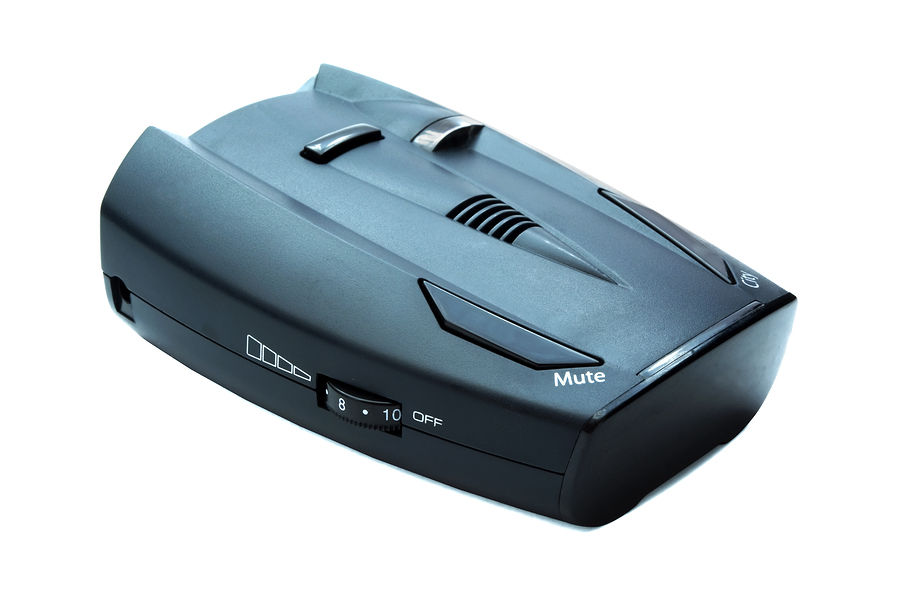Recent Articles
Popular Makes
Body Types
How Do Radar Detectors Work?

Radar detectors are designed to warn drivers of upcoming speed traps. Before you can understand how a radar detector works you need to know the basic theory behind how the radar guns used by the police work.
The radar gun uses a radio transmitter to transmit a signal, and a receiver to listen for the echoes returned as the signal bounces off objects in its path. Depending on the unit, the signal might be in the X-Band (10.5 to 10.55 GHz), Ku-Band (13.45 GHz), K-Band (24.05 to 24.25 GHz), Ka Wide-Band (34.2 to 35.2 GHz), or Ka Super Wide-Band (33.4 to 36.0 GHz) frequencies. The X-Band was used in the original radar guns, and the Ku-Band was mostly used in Europe. Today most speed guns in use will be working in the K-Band.
No matter the frequency, the signal will travel at the speed of light, making it easy to determine the distance from the gun to your car. To determine the speed of your vehicle the speed gun measures the doppler shift of the return signal. Much like how the siren on an ambulance or police car sounds like it changes pitch as the car travels past you, the reflected signal will have a different ‘pitch’ based on the speed of the car being measured. As the signal is reflected back to the radar gun the car gets closer and closer, raising the signal’s frequency. This change in frequency can then be converted into a speed. If the radar gun is connected to the vehicle’s speedometer it can even be used to provide accurate measurements when the police vehicle is on the move.
A radar detector scans the air for the radio waves emitted by radar guns. Picking up the signals from a radar gun is fairly easy. The hard part is distinguishing other radio signals from the ones used by the police, which is accomplished by using various filters. Historically garage door openers often tricked radar detectors into thinking that a speed trap was near by. Today’s more advanced radar detectors use modern electronics to isolate the noise and provide much more accurate warnings. Some also use GPS and a local database to track the locations of speed and traffic cameras.
However, the radar gun has to be in use for you to detect it. While some guns are always on, many have an instant-on feature. If there are no other cars around you, or you are the first in a line of cars, your radar detector may only be able to notify when it’s already too late. Otherwise, signals can normally be detected from 1/4 of a mile to 2 or more miles away.
Where radar detectors are illegal the police often use radar detector detectors, which can detect the stray emissions that come from most radar detectors. Radar detectors often try to overcome this by using a shielded design, and some manufacturers advertise their detectors as being undetectable.
